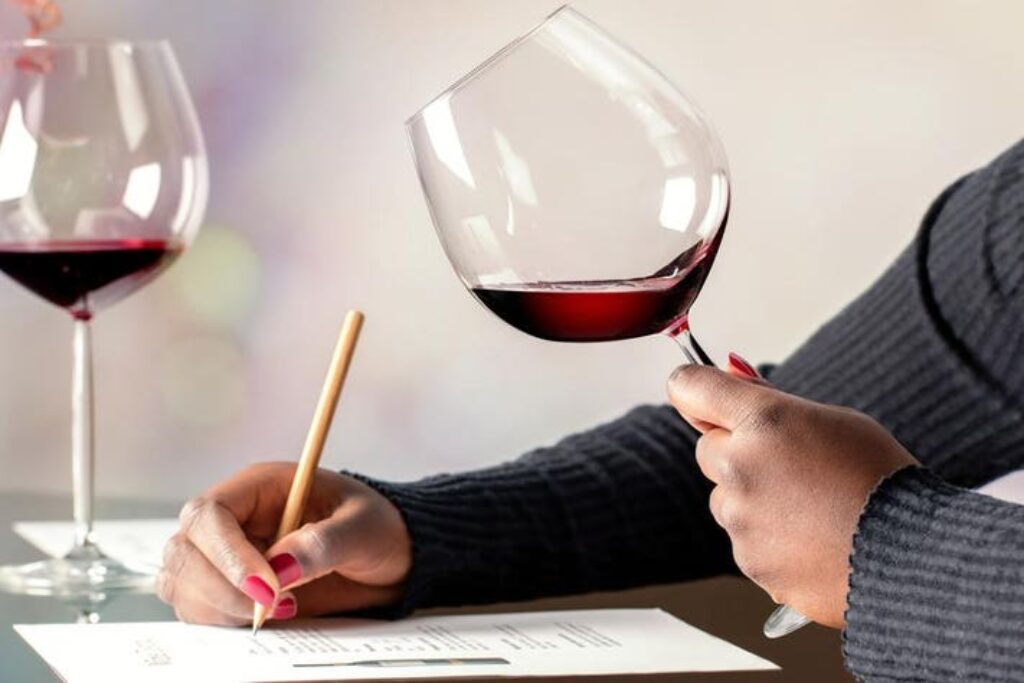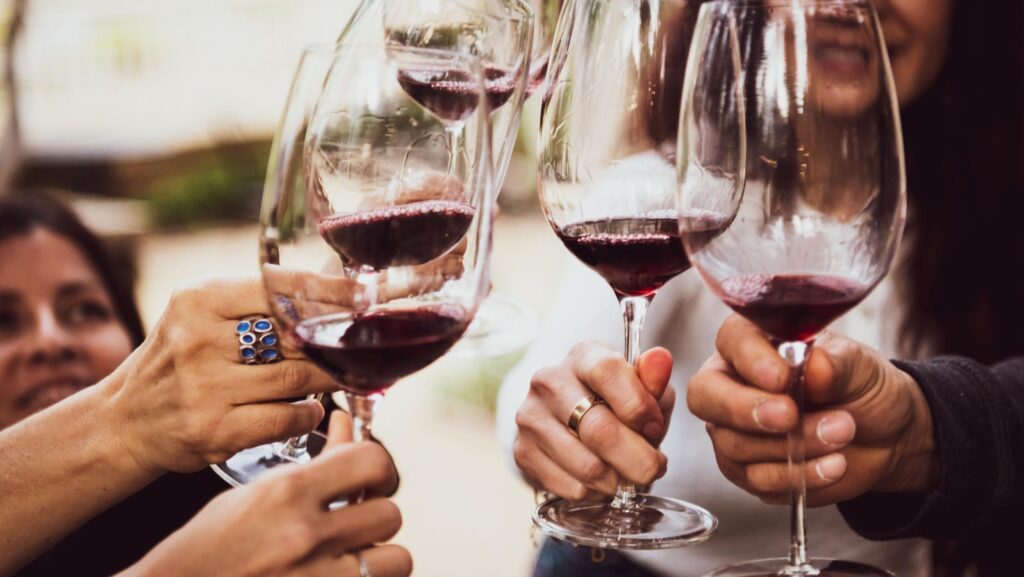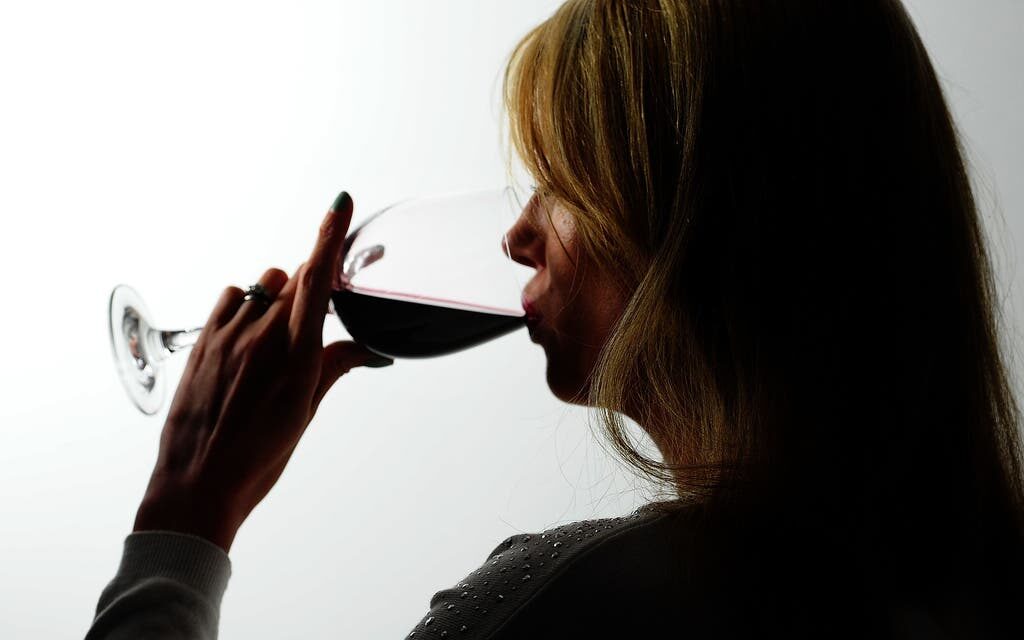
Before delving into the art of taste-testing red wines, it’s crucial to grasp the diverse varieties available. Red wines come in a wide range of grape varieties, each offering its unique characteristics and flavor profiles. From the bold and robust Cabernet Sauvignon to the soft and fruity Merlot and from the spicy and peppery Syrah to the elegant and earthy Pinot Noir, there is a red wine to suit every palate.
Grapes grown in different regions around the world produce wines with distinct terroirs influenced by factors such as climate, soil composition, and winemaking techniques. Understanding these variations can help you appreciate the complexity and diversity of red wine.
Table of Contents
The Tasting Process

Source: forbes.com
When conducting a red wine taste test, it’s essential to follow a structured approach to appreciate each wine’s nuances fully. Here’s a simple yet effective process to guide you through:
1. Visual Examination
Begin by observing the wine’s appearance. Hold the glass against a white background and tilt it slightly to examine the color intensity and clarity. Red wines can range from deep ruby red to pale garnet hues, offering visual cues about their age and style. Note any color variations, which can indicate the wine’s age or grape variety.
2. Aroma Assessment
Swirl the wine gently in your glass to release its aromas, then take a moment to inhale deeply. Pay attention to the fragrance notes that waft from the glass. Red wines can exhibit a wide range of aromas, from ripe fruits like berries and plums to floral notes, earthy undertones, and hints of spices or herbs. The aroma gives insights into the wine’s primary characteristics and potential flavor profile.
3. Taste Exploration

Source: forbes.com
Now comes the exciting part: tasting the wine. Take a small sip and let it coat your palate. Notice the initial flavors that emerge, as well as the wine’s texture and acidity. Is it smooth and velvety, or bold and tannic? Allow yourself to fully experience the wine’s mouthfeel and structure before swallowing or spitting it out.
4. Flavor Evaluation
After tasting, reflect on the wine’s flavor profile. Consider the primary flavors that linger on your palate, such as dark berries, cherries, or plums. Note any secondary flavors that may emerge, such as oak, vanilla, chocolate, or spices. Pay attention to the wine’s balance, complexity, and finish – the lingering impression it leaves on your palate.
Discovering Your Palate Preferences
As you explore different red wines, you’ll start to develop preferences based on your taste preferences. Some may gravitate towards full-bodied, robust wines with intense flavors and firm tannins, while others may prefer lighter, more delicate styles with softer tannins and bright acidity.
Experimenting with various grape varieties, regions, and winemaking techniques can help you refine your palate and discover new favorites. Keep an open mind and be willing to explore different styles and flavors to expand your wine knowledge and appreciation.
Tips for an Enjoyable Taste Testing Experience

Source: standard.co.uk
- Start with a diverse selection of red wines to sample, including different grape varieties, regions, and styles. Consider organizing a wine-tasting event with friends or joining a wine club to explore new wines together.
- Use a wine-tasting journal to record your observations and impressions for future reference. Note the name of each wine, its grape variety, region of origin, and any specific tasting notes that stand out to you.
- Experiment with food pairings to enhance your tasting experience and discover how flavors interact. Pairing red wines with complementary foods can elevate both the wine and the dish, creating a harmonious dining experience.
- Feel free to trust your instincts and embrace your unique palate preferences. Wine tasting is a subjective experience, and there are no right or wrong answers. Trust your taste buds and enjoy the journey of discovery.
Conclusion
Embarking on a taste-testing journey through the world of red wines offers a rewarding opportunity to explore your palate preferences and expand your wine knowledge. By following a structured tasting process and staying open to new experiences, you’ll uncover a rich tapestry of flavors and textures waiting to be savored. So pour yourself a glass, raise it to your lips, and let the adventure begin! Cheers!







